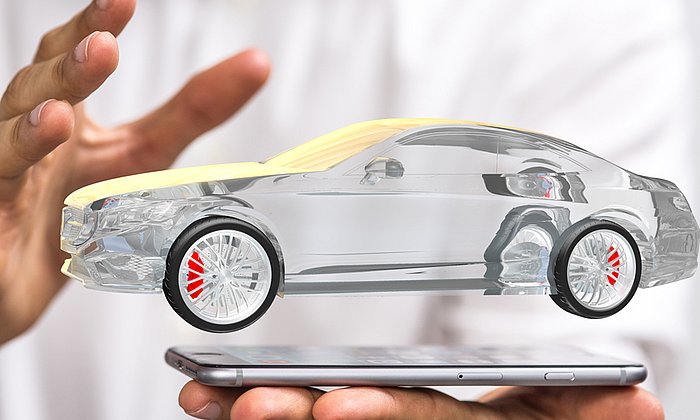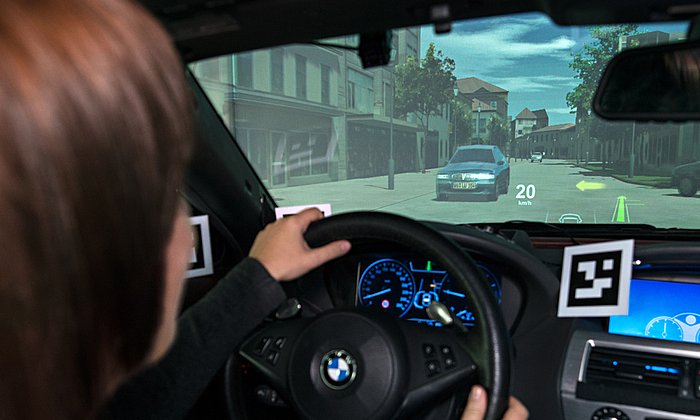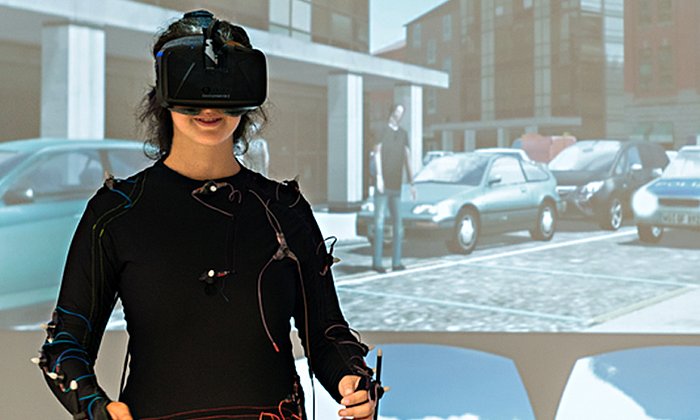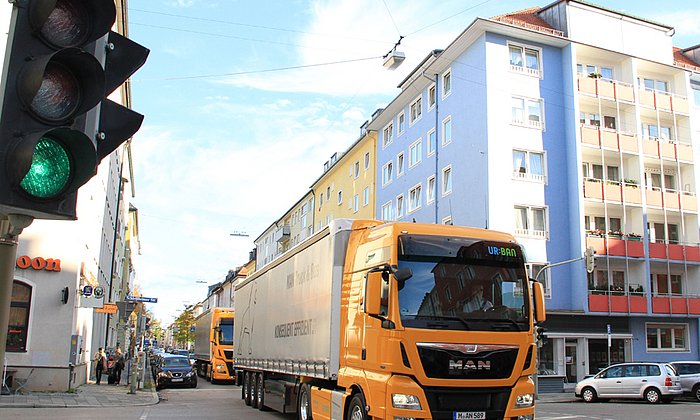Scientists study tactical behavior of bicyclists
Typical bicycle rider
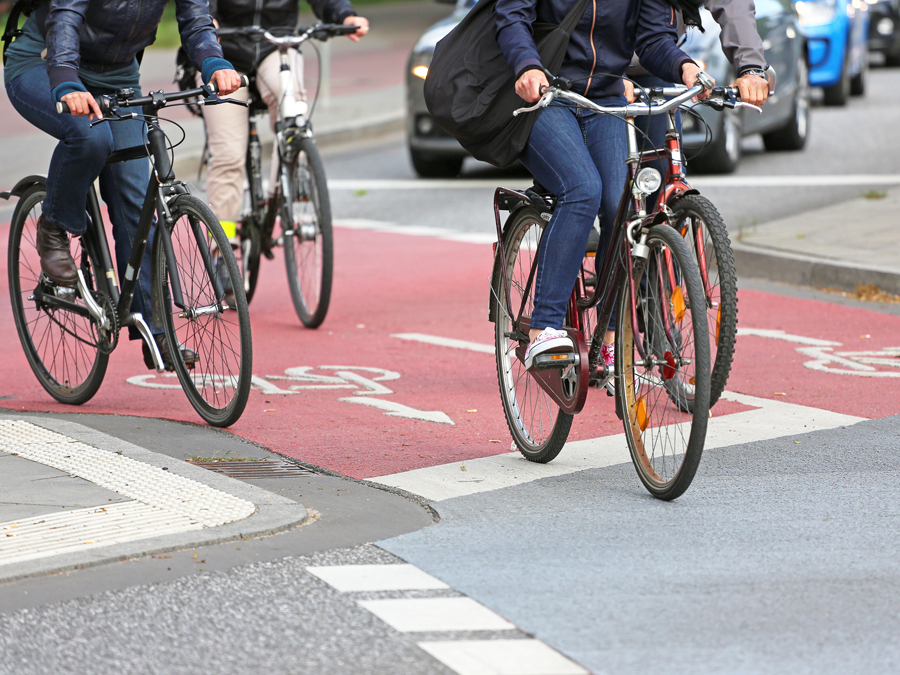
An increasing number of people in the city are opting to use their trusty bicycle over a car or public transportation. Cyclists are quick and nimble. They also make spontaneous decisions – that don’t always conform to the rules. At the same time, they are among the most at-risk road users. This makes it necessary for modern assistance systems intended to warn motorized drivers of impending risks to be familiar with bicyclists’ behavior patterns.
Many traffic-simulations, however, feature unrealistic cycle behavior. Virtual bicyclists always obey the rules of the road, for instance. That is why Heather Twaddle and Dr. Silja Hoffmann from the Chair of Traffic Engineering and Control at TUM are attempting to detect statistically significant behavior patterns among bicyclists. Their research is a part of the joint project "UR:BAN" in which industry and research institutions are working together to develop driver assistance and traffic management systems for urban areas.
With the aid of video cameras, Twaddle observed four intersections in Munich over a three-day period. The video cameras were installed to provide a bird’s eye view of the intersections and the approaching road sections. "We weren’t able to make out faces or license plates," said Twaddle.
A total of 5,050 bicyclists were recorded. The researchers analyzed their positions and their speeds, which enabled them to see how the bicyclists behaved in typical situations. The resulting percentages relate not to the total 5,050 bicyclists but to the number of bicyclists who were observed in each of the specific traffic situations.
- Riding on the bicycle path, sidewalk or street
Where there is a bicycle path, 89 percent of bicyclists make use of it, 3.8 percent ride on the sidewalk, and 7.2 percent ride on the street. Where there is no bicycle path, 90.5 percent of bicyclists ride on the street and 9.5 percent ride on the sidewalk.
- Stopping at a red light
80.8 percent of bicyclists stop at a red light as they should, whereas 7.2 percent ride through the red light if the opportunity presents itself. 12 percent of the observed bicyclists stop and use the pedestrian signals.
- Queuing position
If there’s a queue of bicyclists waiting on the bicycle path, 78.7 percent stop behind the last bicyclist, while 13.2 percent sidle their way to the front of the line. 8 percent move onto the sidewalk instead, with only 0.1 percent moving out onto the street.
- Turning left behavior
When turning left, only 17.9 percent of bicyclists get in line with the other vehicles and make the turn on the street along with the cars. 35.8 percent of bicyclists first ride across the intersection and then make a sharp left turn, and 46.3 percent use the pedestrian signals.
Twaddle is now analyzing the reasons why bicyclists exhibit certain behavior patterns in certain situations. For instance, wider bicycle paths are more frequently used than narrow ones, and as might be expected, the length of time the lights stay red also influences whether bicyclists stop and wait or opt to ride through the red light instead. The behavior of the platoon also plays a role, explained Twaddle: if one bicyclist ignores the red light, others will follow.
Given that factors such as the weather and time of day are also instrumental, the scientists are eager to gather even more data. With an infrared camera they’ll be able to observe bicyclists in the dark. Other tests will be conducted on a bicycle simulator. The models calculated from the data are intended to flow into simulations at a later date.
Download highresolution picture
Contact:
Heather Twaddle
Technical University of Munich
Chair of Traffic Engineering and Control
heather.twaddle@tum.de
Tel: +49 89 289.22436
https://www.vt.bgu.tum.de/en/home/
Technical University of Munich
Corporate Communications Center
- Stefanie Reiffert
- reiffert@zv.tum.de
- presse@tum.de
- Teamwebsite
